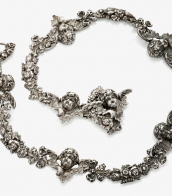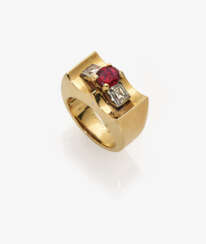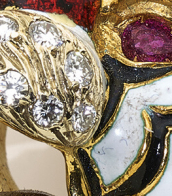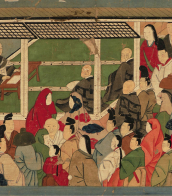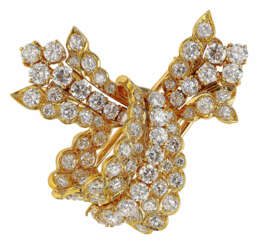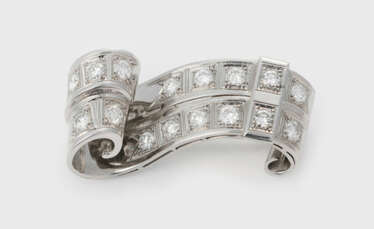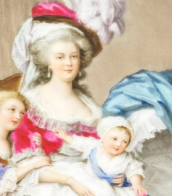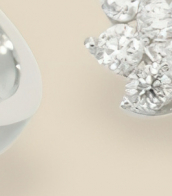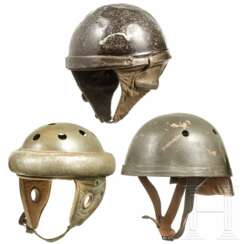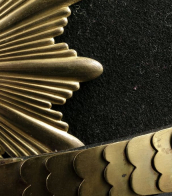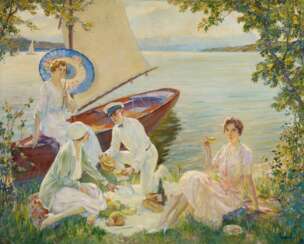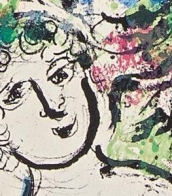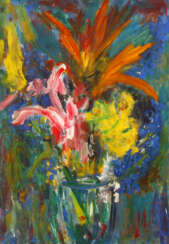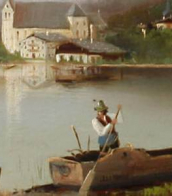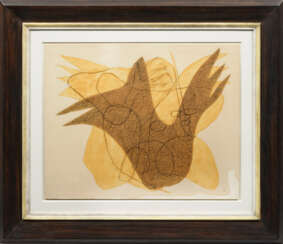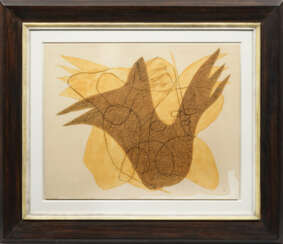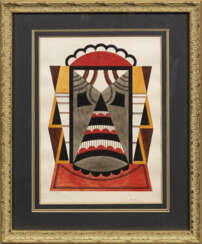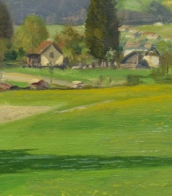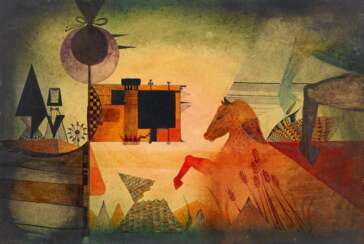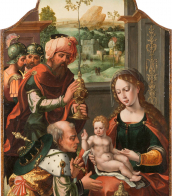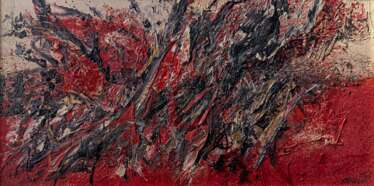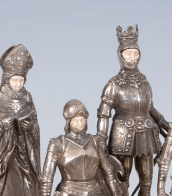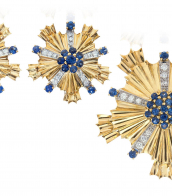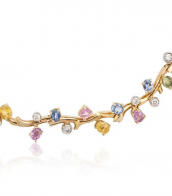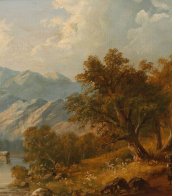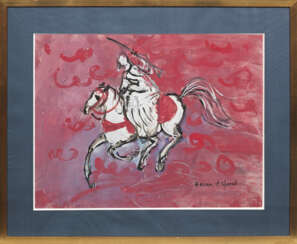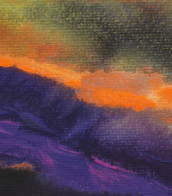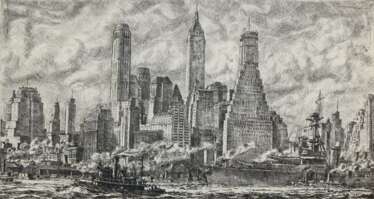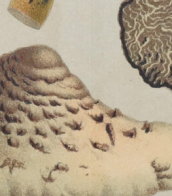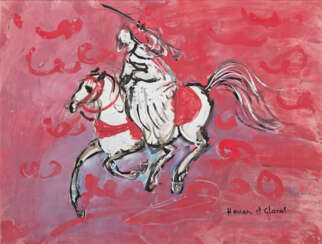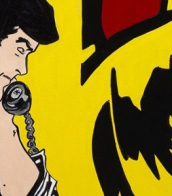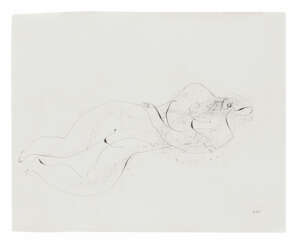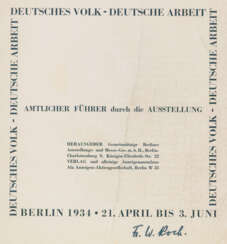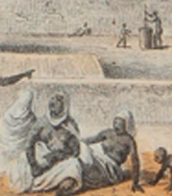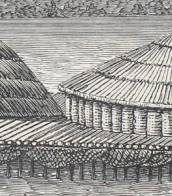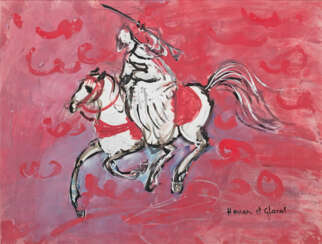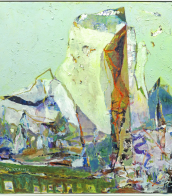paris 1940er jahre
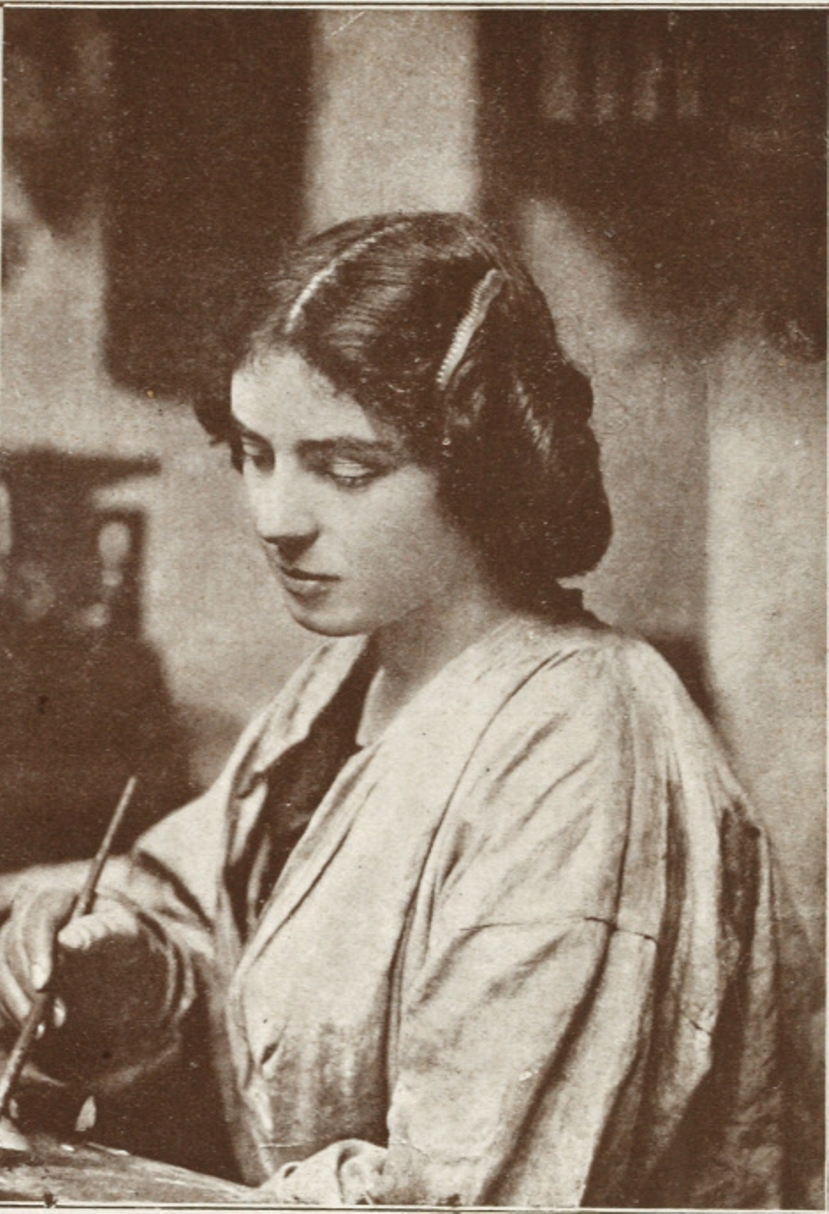
Mela Muter, real name Maria Melania Mutermilch, was a Polish-born Jewish artist who spent most of her life in France.
At the age of 25, in 1901, she moved to Paris with her husband and became known as a modernist painter. Her work was influenced by Paul Cézanne, Paul Gauguin and Vincent van Gogh. Muter painted mainly portraits, landscapes and still lifes.
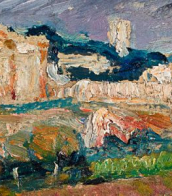
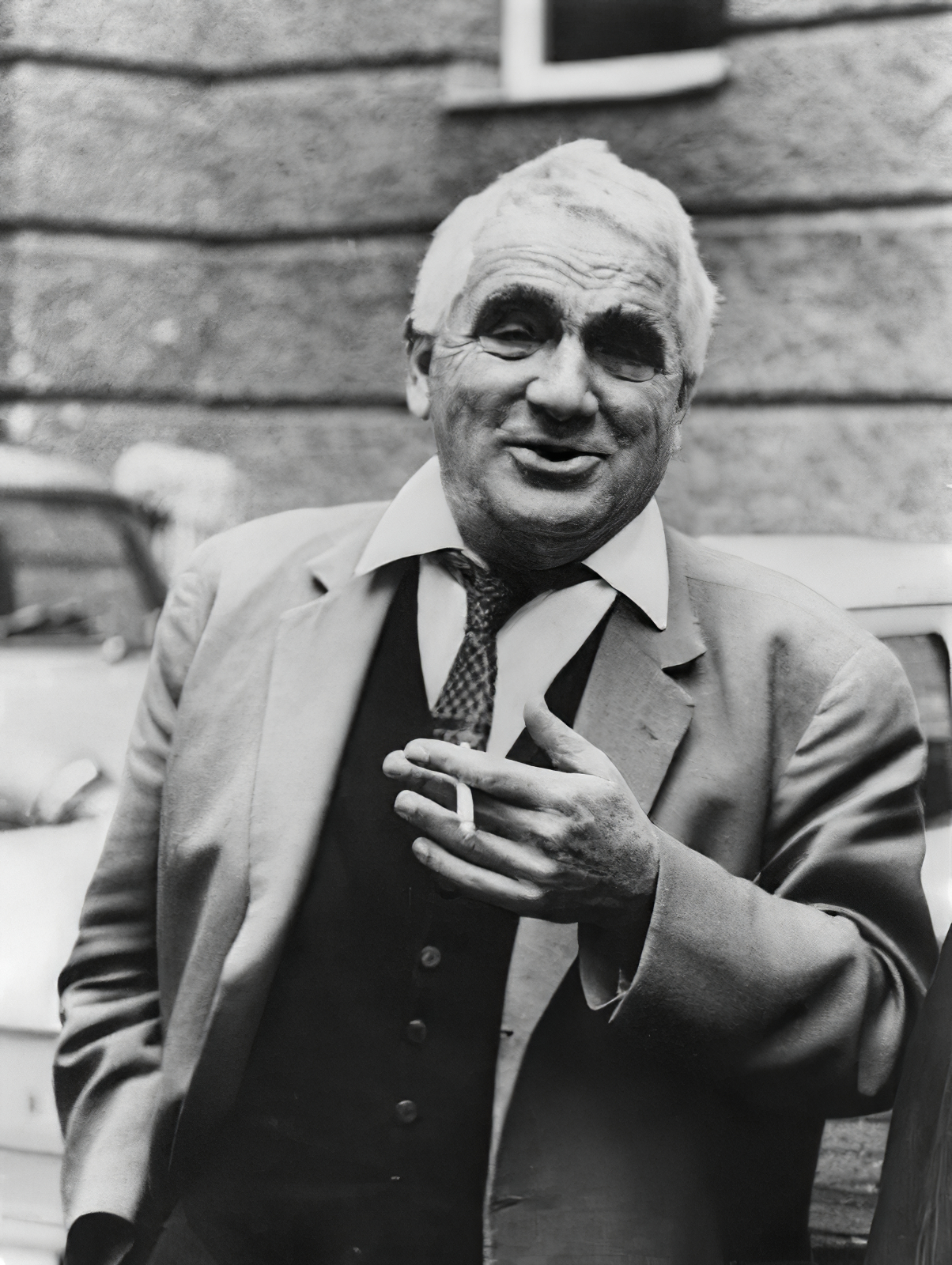
Teo Otto was a German stage designer. He trained in Kassel and Paris and in 1926 taught at the Bauhaus in Weimar. In 1928 he became an assistant at the Berlin Staatsoper. Following the Nazis' seizure of power in Germany, he returned to Switzerland where he was resident designer at the Zürich Schauspielhaus for 25 years.
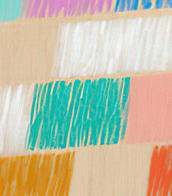

Antoni Tàpies i Puig, 1st Marquess of Tàpies was a Catalan Spanish painter, sculptor and art theorist, who became one of the most famous European artists of his generation.

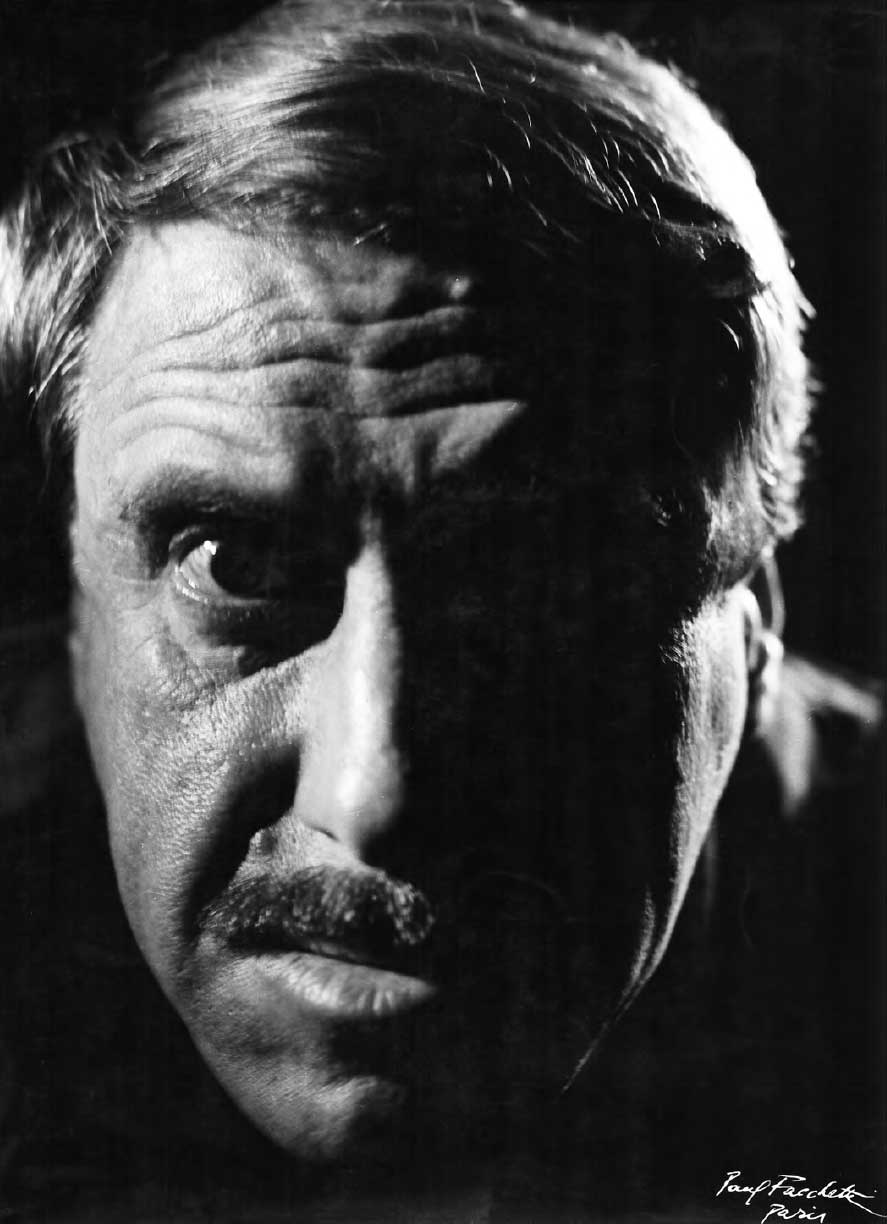
Mattia Moreni is an Italian painter and sculptor, a representative of the abstract trend in Italian art.
The artist is interesting because he went through all the significant phases in the art of the 20th century. Beginning with figurative fovea and expressionism, he turned to post-cubism and then to abstract-concrete forms. Later Moreni turns to informal and neo-expressionism. Decay, death and splendor become the themes of his work. After anthropoid watermelons, the decline of the human species is captured by the artist through other images: sterile female macros and sets of symbols, including the relationship between humanoid computer and humanoid computer.
Moreni's paintings have received wide international acclaim.








